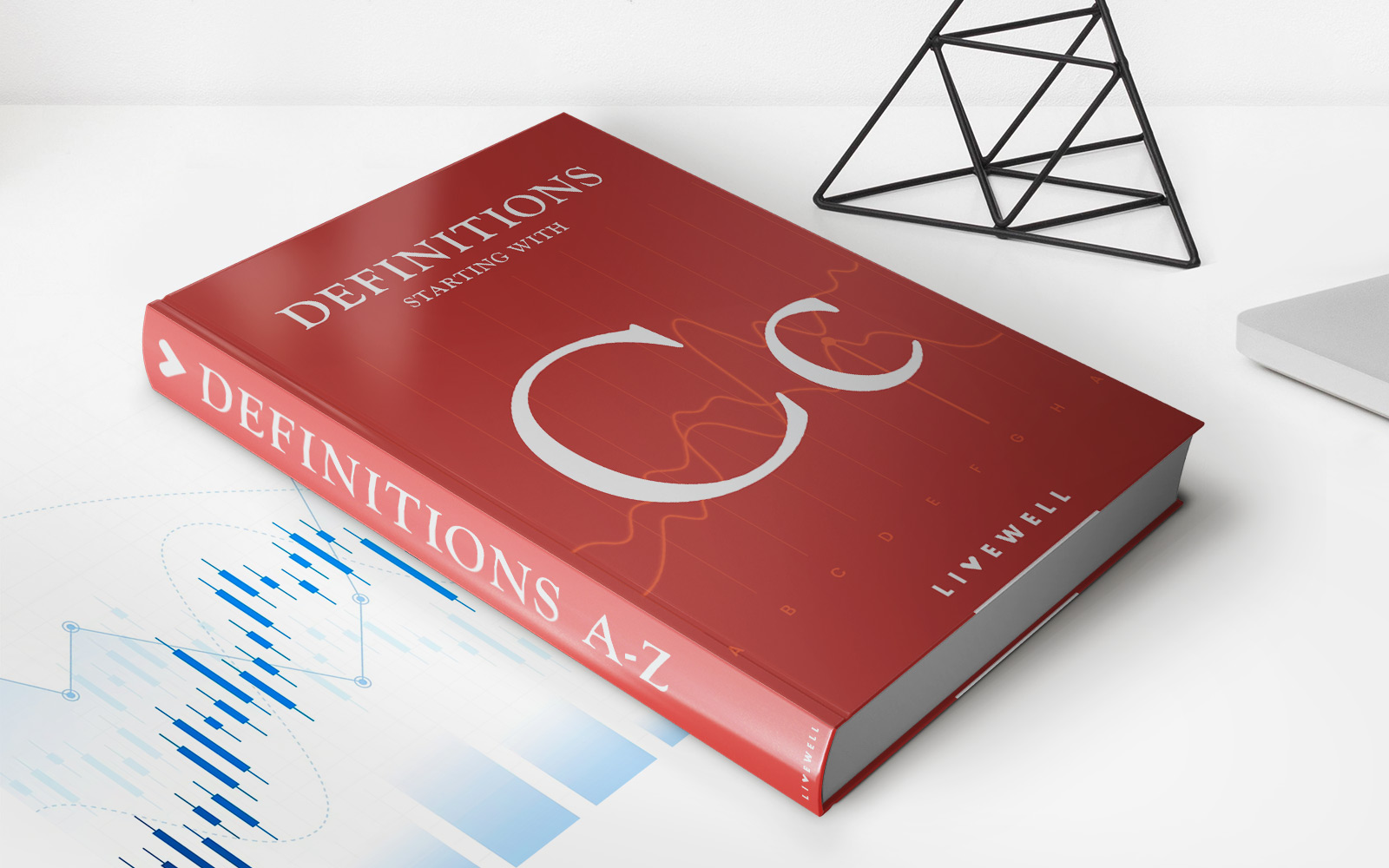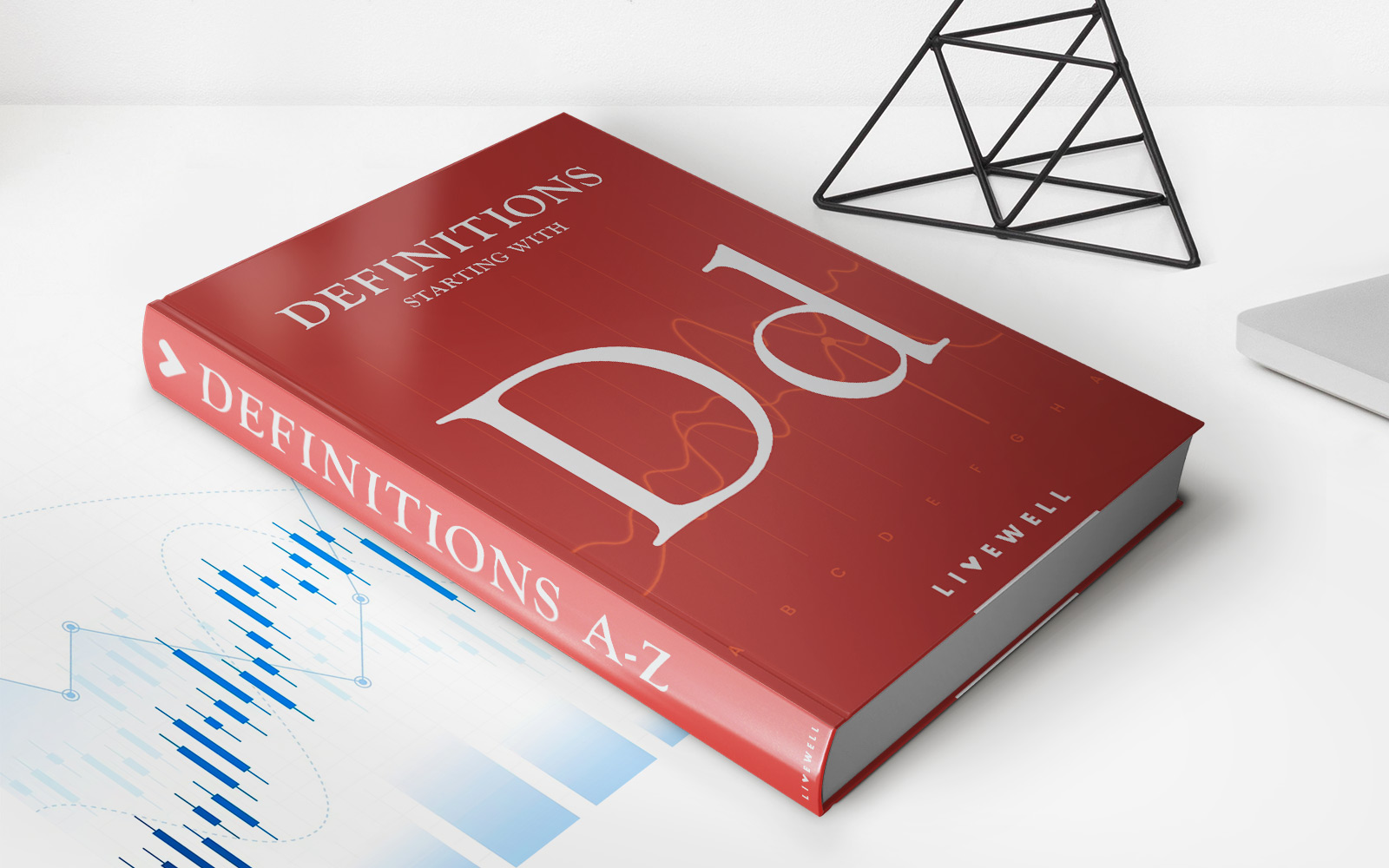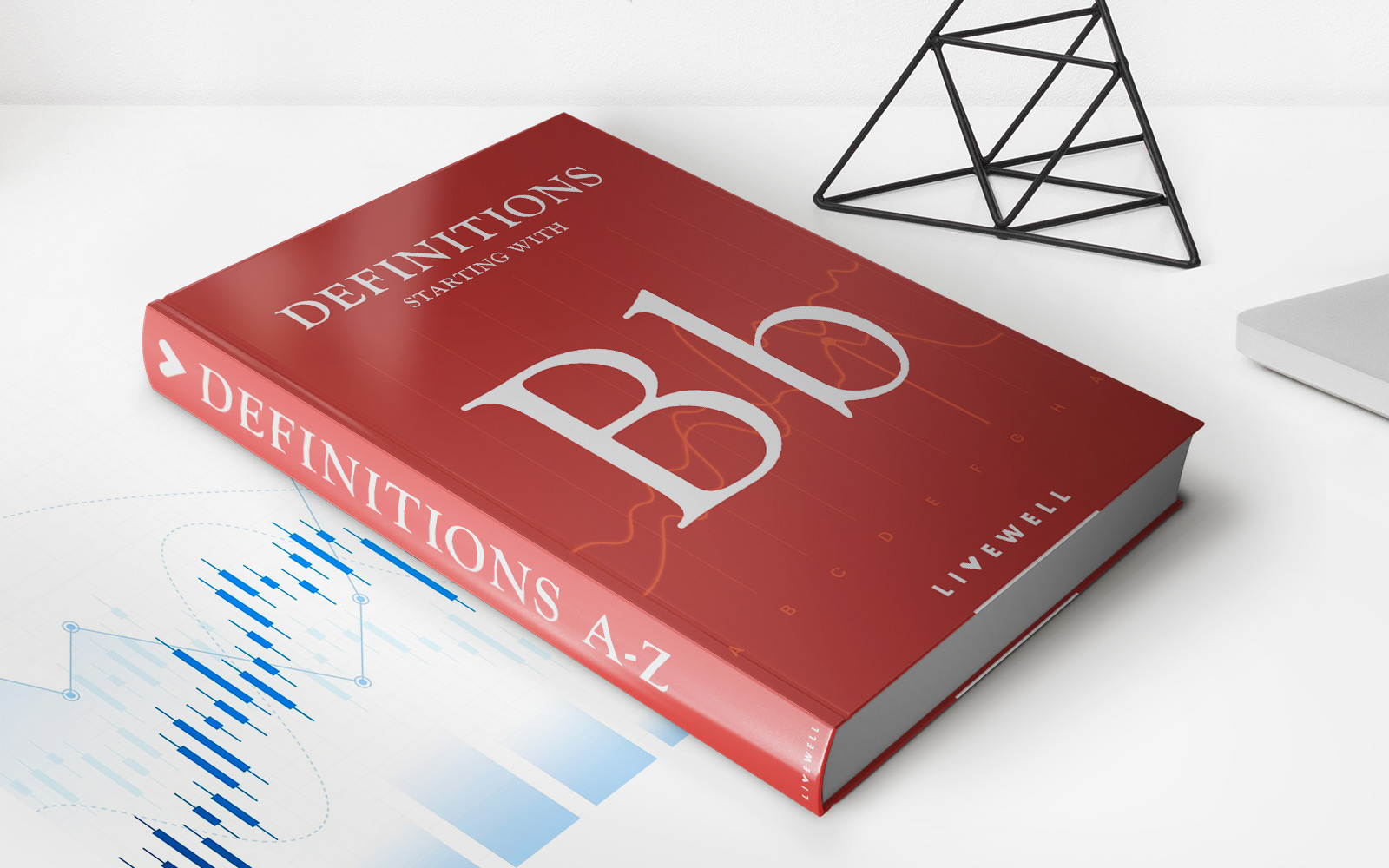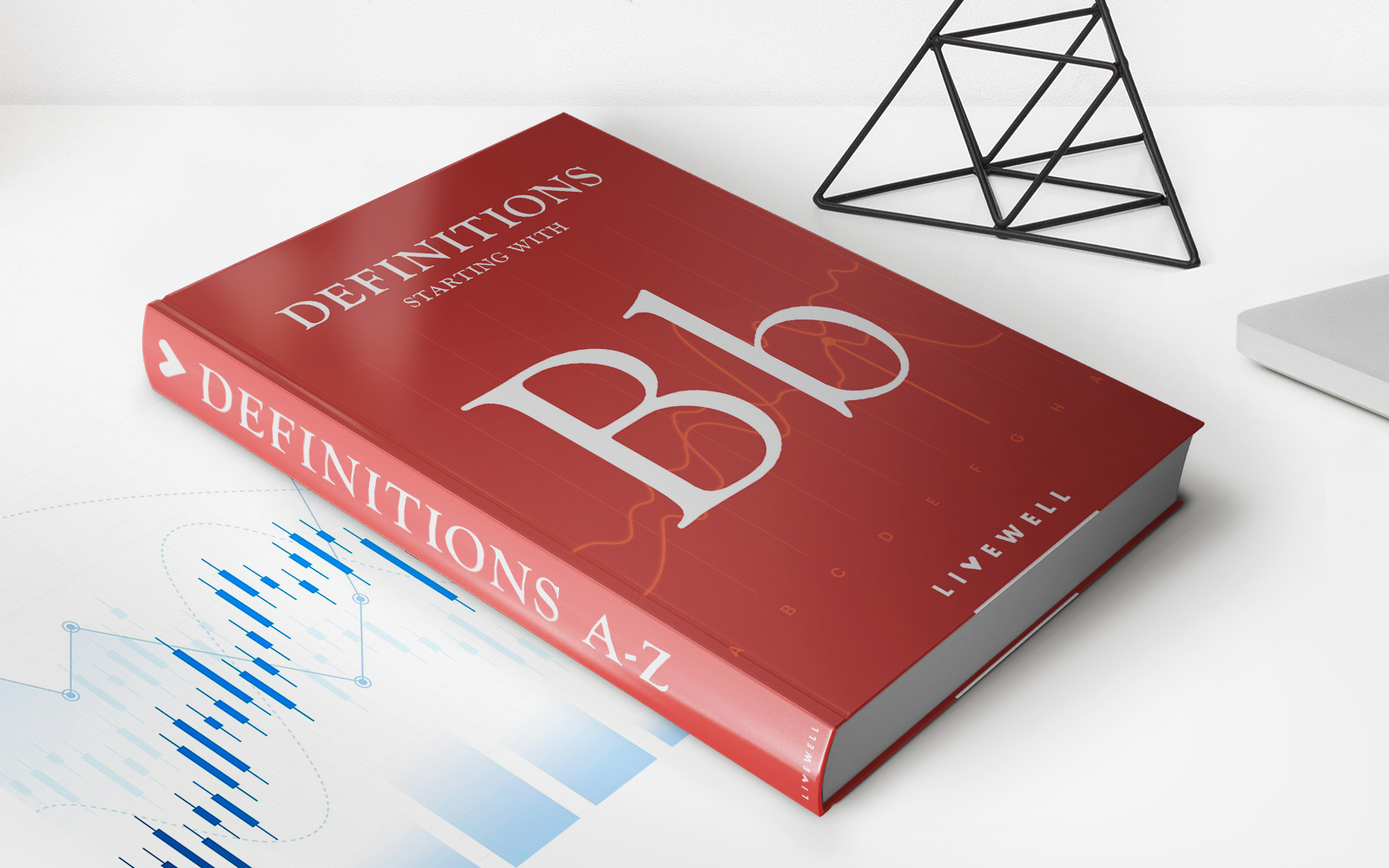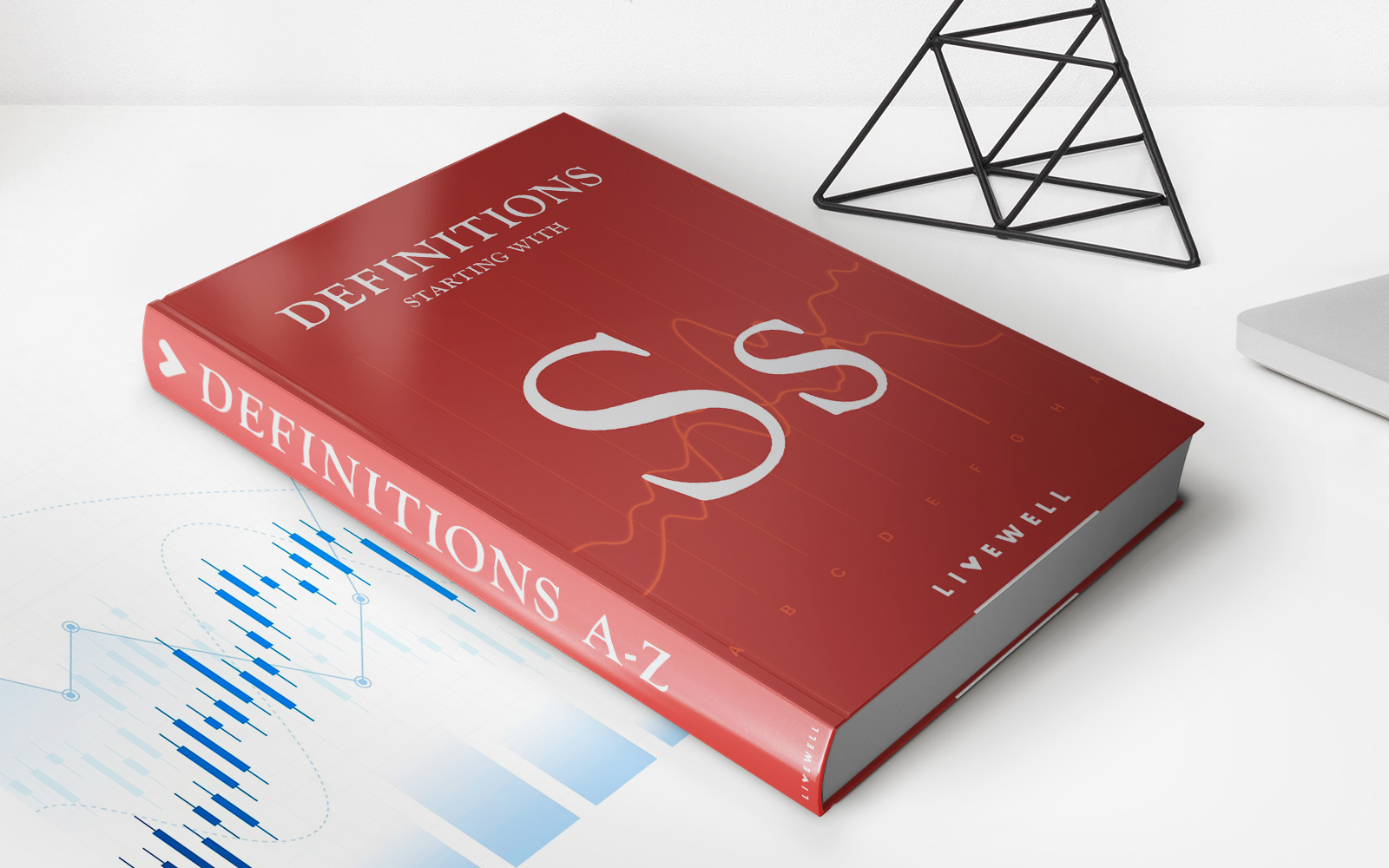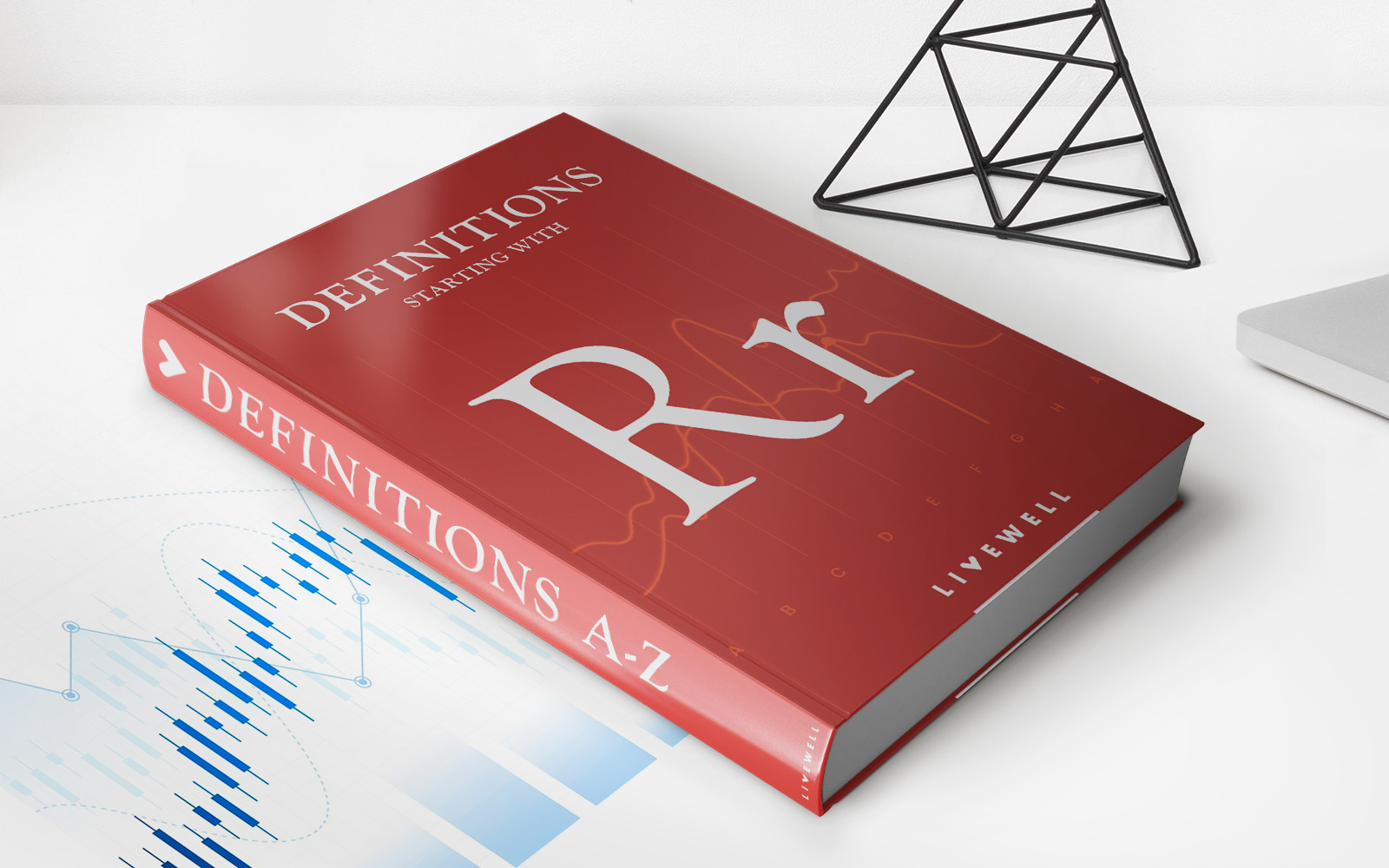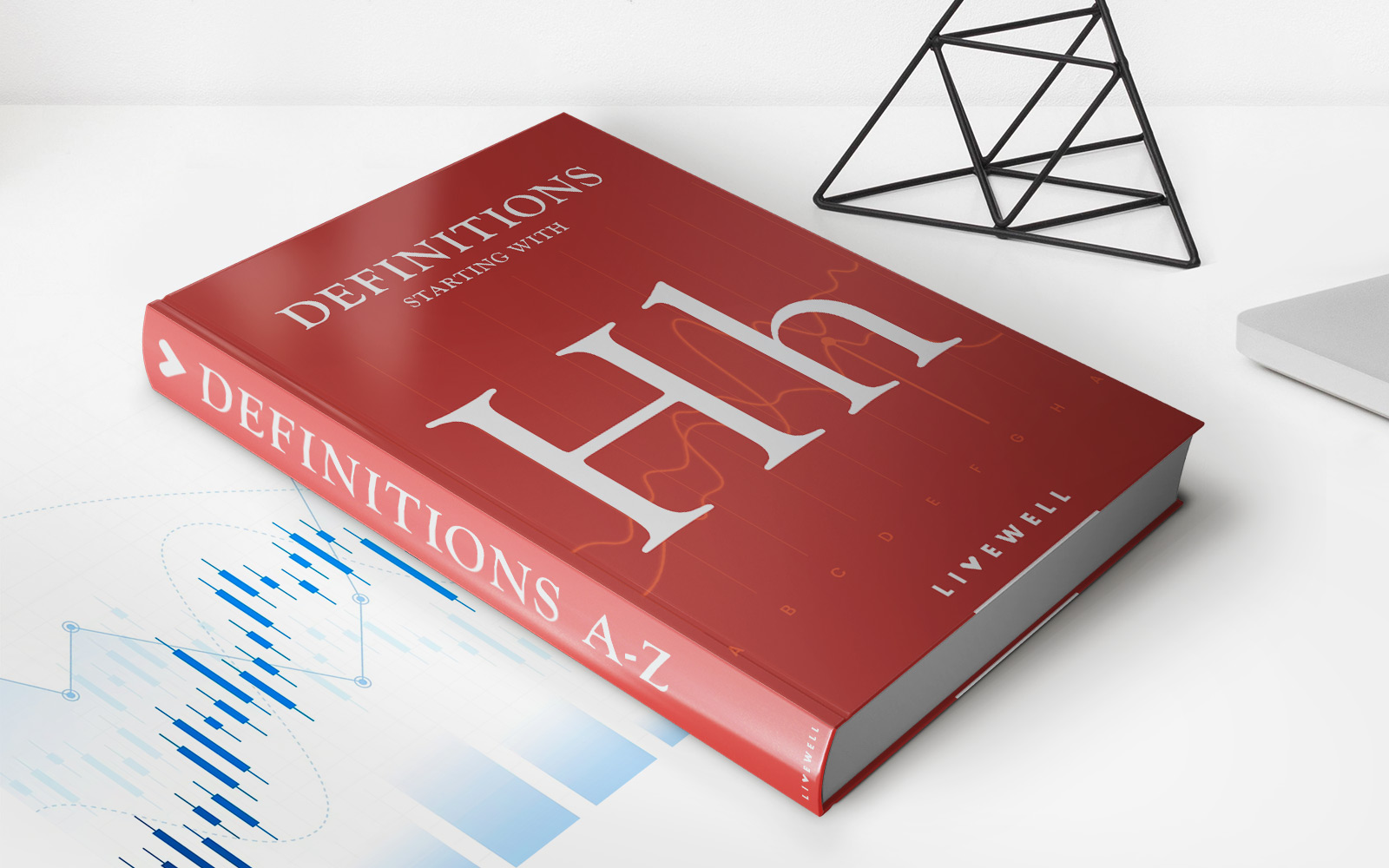Home>Finance>Bullish Harami: Definition In Trading And Other Patterns


Finance
Bullish Harami: Definition In Trading And Other Patterns
Published: October 20, 2023
Learn about the Bullish Harami pattern and its significance in the world of finance. Explore other trading patterns and make informed investment decisions.
(Many of the links in this article redirect to a specific reviewed product. Your purchase of these products through affiliate links helps to generate commission for LiveWell, at no extra cost. Learn more)
Bullish Harami: Definition in Trading and Other Patterns
When it comes to financial markets and trading, understanding different chart patterns can be crucial for success. One pattern that traders often look out for is the bullish harami. In this blog post, we will define what a bullish harami is, how it can be recognized on a stock chart, and its significance in the context of trading. We will also discuss other important chart patterns that traders should be aware of. So, let’s dive in!
Key Takeaways:
- A bullish harami is a two-candlestick pattern that indicates a potential reversal of a downtrend.
- The pattern consists of a large bearish candle followed by a smaller bullish candle, which is completely engulfed by the previous candle.
What is a Bullish Harami?
A bullish harami is a two-candlestick pattern that signifies a possible reversal of a downtrend in a stock’s price. The pattern consists of a large bearish candle followed by a smaller bullish candle, which is completely engulfed by the previous candle. The smaller candle’s body is contained within the range of the previous candle’s body, often referred to as “the mother candle.”
The bullish harami is considered a bullish reversal pattern because it suggests that the selling pressure that led to the previous bearish candle is weakening, and the bulls may be starting to take control. This pattern is a visual representation of a shift in sentiment from bearish to bullish, and it can provide valuable insights to traders.
Recognizing a Bullish Harami Pattern
Identifying a bullish harami pattern on a stock chart is relatively straightforward. Here’s what to look for:
- First, you need to identify a prevailing downtrend. Look for a series of consecutive bearish candles.
- Next, locate a large bearish candle in the downtrend.
- Finally, observe the following candle, which should be a smaller bullish candle, completely engulfed by the previous bearish candle’s body.
Once you spot this pattern, it could be an indication that the prevailing downtrend is losing momentum and a reversal might be imminent. However, it’s important to remember that no trading pattern is 100% accurate, and other factors should be taken into consideration before making any trading decisions.
Other Important Chart Patterns to Know
While the bullish harami is a valuable pattern to recognize, there are many other chart patterns that traders should be familiar with. Here are a few noteworthy ones:
- Head and Shoulders: This pattern is a reversal pattern that resembles a head between two shoulders. It indicates a shift from an uptrend to a downtrend.
- Double Top and Double Bottom: These patterns occur when the price reaches a peak or a valley twice before reversing. They indicate potential trend reversals.
- Ascending Triangle: This pattern is formed by a horizontal resistance line and a rising trendline. It suggests that a breakout to the upside might occur.
- Descending Triangle: Similar to the ascending triangle, this pattern consists of a horizontal support line and a downward trendline. It indicates a potential breakdown to the downside.
These are just a few examples of the many chart patterns that traders use to identify potential trading opportunities. It’s important to note that chart patterns should always be used in conjunction with other technical analysis tools and indicators to increase the probability of successful trades.
In Summary
The bullish harami is a two-candlestick pattern that suggests a potential reversal of a downtrend. It is formed by a large bearish candle followed by a smaller bullish candle that is completely engulfed by the previous candle. Traders can utilize this pattern to aid their analysis and decision-making process. Additionally, understanding and recognizing other important chart patterns can provide valuable insights for traders in various market conditions. Remember, successful trading requires a comprehensive approach that combines different tools and strategies for optimal results.
